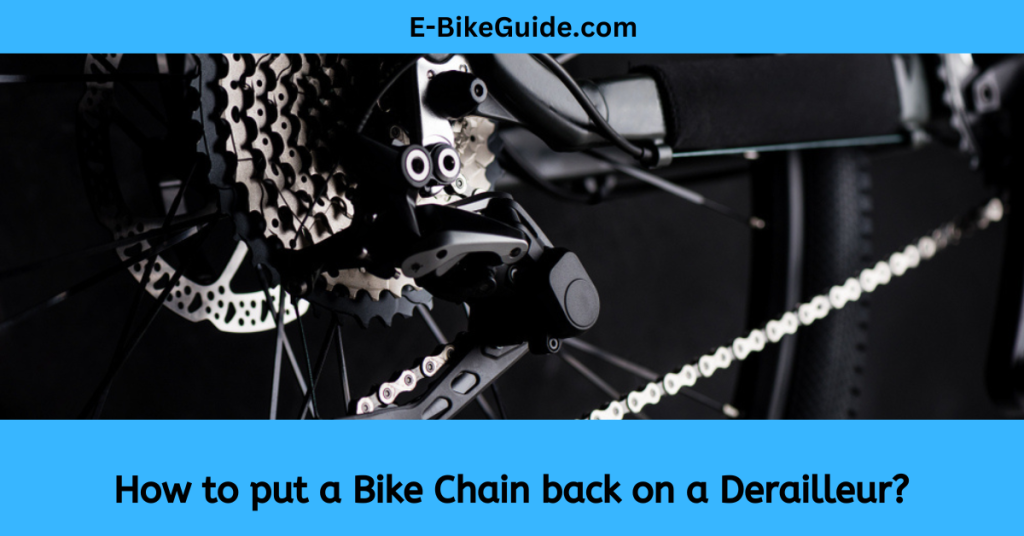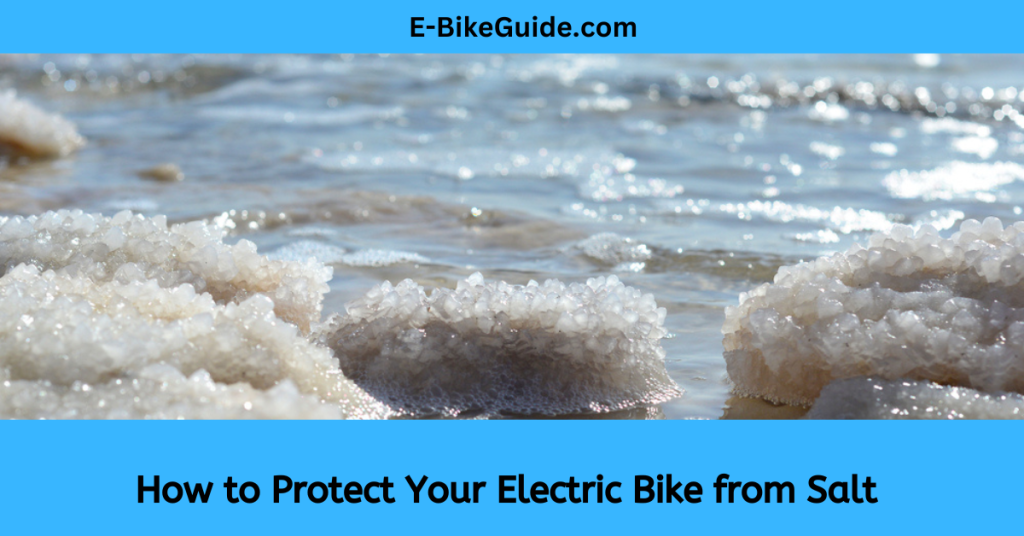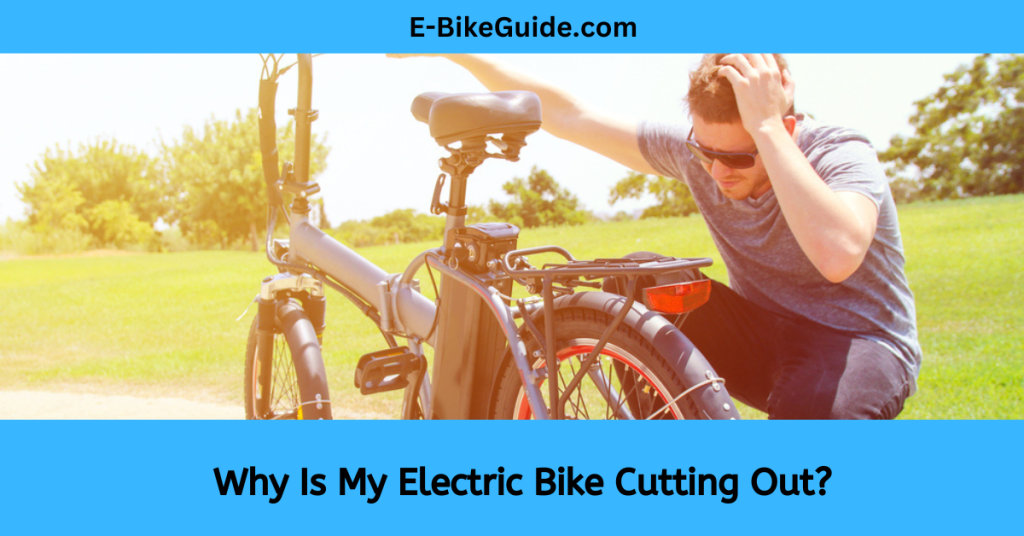How to put a Bike Chain back on a Derailleur?
It’s happened to all of us at some point. You’re out on a ride, everything is going great, and then suddenly your chain pops off. Maybe you were shifting gears and didn’t realize the chain had come off, or maybe you hit a bump in the road. Either way, now you’re stuck with a chain […]
How to put a Bike Chain back on a Derailleur? Read More »




